| 2003 |

|
YEAR BOOK |
CALMAST - Centre for the Advancement of Learning of Maths, Science and Technology
|
CALMAST - Centre for the Advancement of Learning of Maths, Science and Technology
|
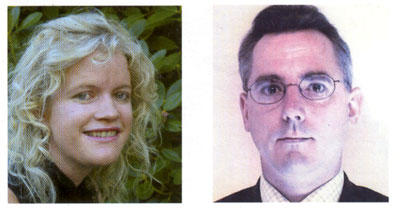
|
Board of CALMAST
Frank O'Regan,
European Vice-President, Bausch & Lomb
Tom McCabe, Managing Director, IVAX Ireland Marilyn O'Riordain, Newtown Junior School, Waterford Mary Fitzgerald, Principal, St Saviour's National School, Waterford Seamus Knox, Principal, St Paul's Community School, Waterford Ann Stack, Ard Scoil na Deise, Dungarvan, Co. Waterford Sheila Donegan, Waterford IT Eoin Gill, Waterford IT |
Need for CALMAST
The last economic boom created a high demand for graduates in science, engineering, mathematical and technological disciplines. This created a focus on the 'skills shortage' for the hi-tech sector. Analysis of the entry points trends for third level courses show the relative standing of these disciplines with regard to others has been in decline for some time. In second level, particular attention has been given to the falling numbers taking the physical sciences at Leaving Cert. The Physical Sciences Task Force report provided confirmation and analysis of this problem and proposed measures to redress it. Implementation of the recommendations has been slow.
Modern Irish Industry is dependent on such graduates. Other concerned groups are third level departments and secondary school teachers of these subjects, and learned and professional bodies. However much of the effort in promotion of science and technology is actually aimed at recruitment to particular courses or disciplines. The result is increasing effort spent competing in an ever-decreasing pool. Reason would suggest that energies should be directed towards increasing the overall pool.
Scientific literacy for all should be the goal rather than a narrow focus on the skills shortage. Science must be repositioned in the mainstream of our culture, rather than continue as a specialist subject on the margins. A greater appreciation and understanding should result in a greater respect for science. This in turn not only could attract more people to the scientific professions, but also could increase public support for manufacturing industries and funding of research. It is this wider goal that CALMAST pursues.
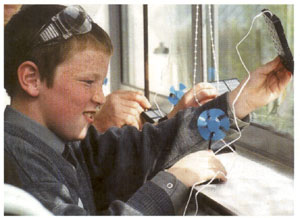
CALMAST has made a special effort through a number of activities to promote science to primary school pupils.
The objective is always to show that science is fun, interesting and useful. An important criterion is to demonstrate that science is accessible to all. CALMAST has developed two particular programmes, which have been highly successful: 'Science for Fun' and 'Chamber of Challenges'.
CALMAST is bringing secondary and primary schools together with third level and industry through a three-tier science club. This enables communication between students at the three levels and offers the opportunity for third level students of the WIT Science Society to contribute their ideas and energies to the promotion of science.
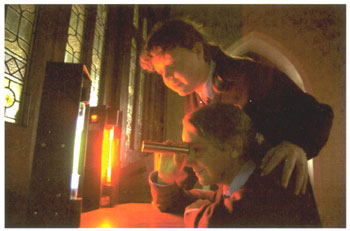
In addition, CALMAST participated in the development of the European Pupils Magazine - History of Science and Technology (www.glasfachschule.ac.at/hst). This publication encourages post-primary students all over Europe to rediscover the world of science and technology through its history.
CALMAST is also developing courses for teachers, research and dissemination of best practice in science education, and the development of an e-learning environment.
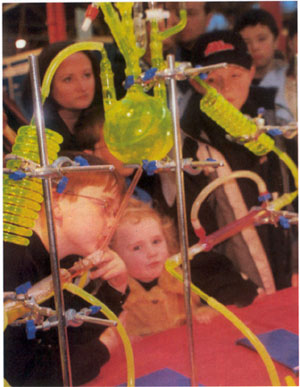
Primary School Science: Opportunity Now!
The re-introduction of science to primary schools is a most exciting and welcome development. It offers the opportunity to redress the image of science by introducing children to science in a fun way and to give children a basis in science before secondary school. But we must be cautious - children do maths in primary school and still we have problems through secondary and into third level in maths. Also other developed countries that have science in primary schools have experienced the fall off at subsequent levels. However it certainly offers the best chance of creating a scientifically literate population.
Preliminary work with a focus group of primary teachers in the south-east region who were involved in the various activities run by CALMAST has produced some interesting points. Most of the teachers involved had no scientific background. After receiving a 'hands on' introduction to science and observing the impact on their pupils, they were very positive about the introduction of science to the primary curriculum.
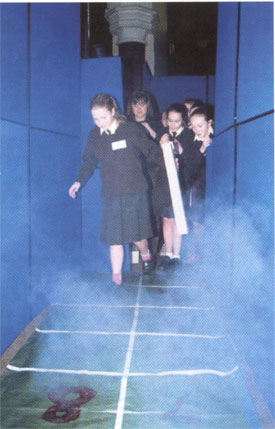
Also a majority of teachers questioned believe that facilities at their school were inadequate for the introduction of science. Different views were expressed in relation to whether a school should have a dedicated science room or science activity should take place in each classroom.
For the successful introduction of science, teachers need to have a positive approach to science and technology. Problems with facilities, equipment and materials may make science difficult to deliver. To overcome this problem, CALMAST can offer advice on or loan of equipment and materials and advise on development of science rooms. A web resource for teachers is being developed which allows communication between primary, secondary teachers and third level lecturers. This resource allows teachers to share their own experiences, developments and initiatives with others.
Feedback from pupils has also been interesting. Before the 'Science for Fun' programme, the perception of 80% was that science was 'hard'. After the programme, this perception was reversed. Also after the programme all participants believed that they had learnt a lot and had a greater understanding of how things worked. In addition, all participants reported that they now thought science was interesting and they were all looking forward to studying science at second level.
This change in the perception of science is the important first step towards developing a deeper understanding of it. The challenge is to develop a positive learning experience of science for all and to maintain this to the end of post primary school. This will lead to a greater take up in science careers, lifelong interest in science and a greater engagement with science by society.
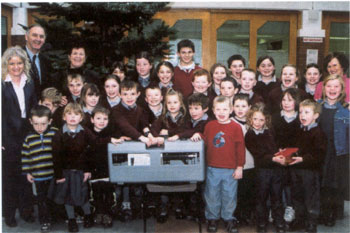
For further details on CALMAST and any of our activities see www.wit.ie/set or contact: Eoin Gill, E-mail: [email protected] or Sheila Donegan, E-mail: [email protected] ; or E-mail CALMAST directly at [email protected]